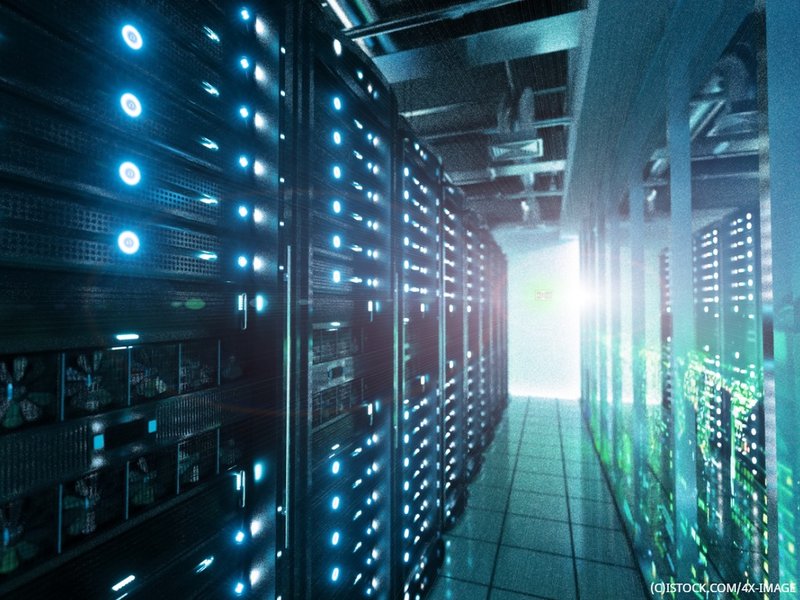The trends emerging to create a more sustainable data centre industry

Harnessing technology to improve sustainability is increasingly becoming a top priority for businesses across all industries. A recent PwC study revealed that by using AI systems across their operations, global agriculture, transport, energy and water sectors could contribute to a 4% reduction of worldwide greenhouse gas emissions by 2030.
One industry that is emerging at the forefront of sustainability is the data centre industry. While driving energy efficiencies delivers benefits back to the business, it also has a positive impact on clients and of course, our environment. Any good data centre business knows that taking steps to reduce the environmental impact of their facility is essential, but how are the best ones already responding to this challenge?
A greener, more responsible cloud
Reducing the amount of electricity required to operate a data centre is an important step in improving sustainability. The Storage Networking Industry Association (SNIA) recently commented that 5% of total global energy usage is by electronics – this number will grow to at least 40% by 2030 unless companies make major advances in lowering electricity consumption.
Data centre cooling is one of the main energy costs that is rising along with the demand for data centre capacity. Developing in-house water-cooling systems is one way to address this. For example, servers that use a water element to cool themselves, rather than electricity, inevitably reduce energy consumption and optimise air flows. This is because the water-cooling systems are built into racks with integrated heat exchangers and power distribution units and users need less than 10% overhead energy on top of server energy. A typical data centre, in contrast, needs between 40-100% more.
Cloud migration service providers allow corporations to not only reduce the cost of operations and develop new uses, but also to reduce their environmental footprint compared to their legacy and generally less efficient facilities. Aggregating cloud computing needs through large hyperscale cloud service providers becomes part of the answer to control the risk mentioned above.
On top of that, we’re also seeing providers shift towards using hydro, wind and solar power as part of their energy supply. When locating sites, cloud services providers focus on low carbon energy supply areas, like hydroelectricity in the Quebec region. Alternatively, cloud providers can enter into agreements with energy suppliers to guarantee the origin is from renewable sources.
Simplifying data centre operations
The global cloud data centre traffic was 6 zettabytes (ZB) in 2016, and it is now projected to reach 19.5 ZB per year by 2021. With this in mind, data centre operators will always need to invest significant amounts into maintaining and improving their efficiency, and there is a more sustainable way to do just that.
For example, through a fully integrated industrial model, providers are capable of building systems that are more energy efficient and should always thrive to optimise the use of data centres and server resources across their customer base. This can be done through virtualisation, re-use or recycling of servers and more green energy.
In addition, dedicated research teams can work alongside production to ensure the functionality of a product and assess safety requirements before they are manufactured. Innovation that consists of improving efficiency with fewer resources ultimately respects continuous renewal, through the development of agility and the creation of sustainable solutions. Hence, providing the best services for customers.
Looking ahead to a sustainable future
When it comes to managing and fitting out a data centre, it’s clear that sustainability needs to be top of mind. Those who jump on board with green energy consumption will be well positioned to grow their data centre into the future.


